Dyeing wood
wlg2_2
18 years ago
Related Stories
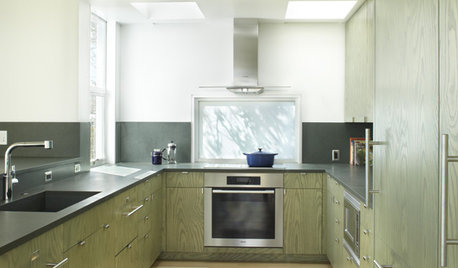
REMODELING GUIDESPro Finishing Secret: Aniline Dye for Wood
Deeper and richer than any stain, aniline dye gives wood stunningly deep color and a long-lasting finish
Full Story
DECORATING GUIDESTwist Up a Room's Look With Tie-Dye
Dip into the organic patterns of tie-dye for one-of-a-kind style that can be — yes, you're hearing it right — thoroughly modern
Full Story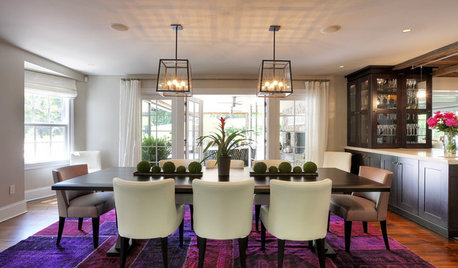
RUGSOn Trend: Antique Rugs to Dye For
Saturate a well-worn Turkish rug with vibrant colors, and what do you get? A floor covering that celebrates old and new
Full Story
DECORATING GUIDESOn Trend: 10 Ways to Dip Dye
This fresh take on color adds splashes of style all around the house, from kitchen stools to bedding
Full Story
HOUSEKEEPINGHow to Remove Water Rings From Wood Tables
You may be surprised by some of these ideas for removing cloudy white water marks from wood surfaces
Full Story
GARDENING AND LANDSCAPINGChoosing a Deck: Plastic or Wood?
Get the pros and cons of wood, plastic, composite and more decking materials, plus a basic price comparison
Full Story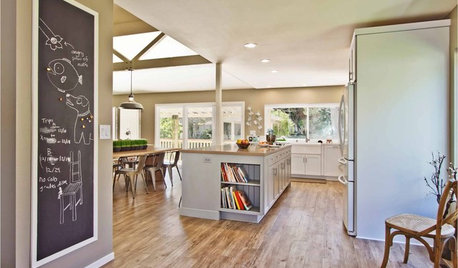
FLOORSWhat's the Right Wood Floor Installation for You?
Straight, diagonal, chevron, parquet and more. See which floor design is best for your space
Full Story
FURNITUREOn Trend: 7 Wood Designs Turned Inside Out
Heading right for the source, these inventive furnishings have raw appeal for rooms
Full Story
MATERIALSWoodipedia: Walnut Wows in Traditional and Modern Settings
With its rich color and lustrous polished finish, walnut is a favorite wood for all kinds of millwork
Full Story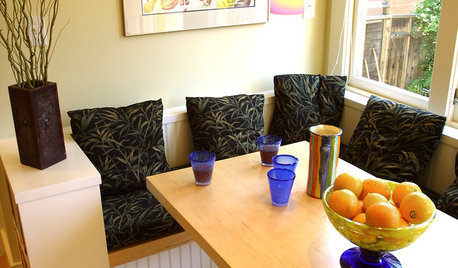
MATERIALSWoodipedia: Maple Is a Marvel Around the House
A heavy hardwood with lots of potential, maple appeals to modern sensibilities and won't break your budget
Full Story





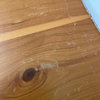


brickeyee
baymee
Related Professionals
Arlington Carpenters · Holliston Carpenters · Lisle Carpenters · Nampa Carpenters · Summerlin Carpenters · Coto De Caza Carpenters · Athens Flooring Contractors · Fort Myers Flooring Contractors · Annandale Furniture & Accessories · Athens Furniture & Accessories · Indianapolis Furniture & Accessories · Nashville Furniture & Accessories · Carlsbad Furniture & Accessories · Fallbrook Furniture & Accessories · Short Hills Furniture & Accessoriesbrickeyee
baymee
freshwreckage_gmail_com
Jon1270
Kamara
brickeyee